
Things to see and things to do
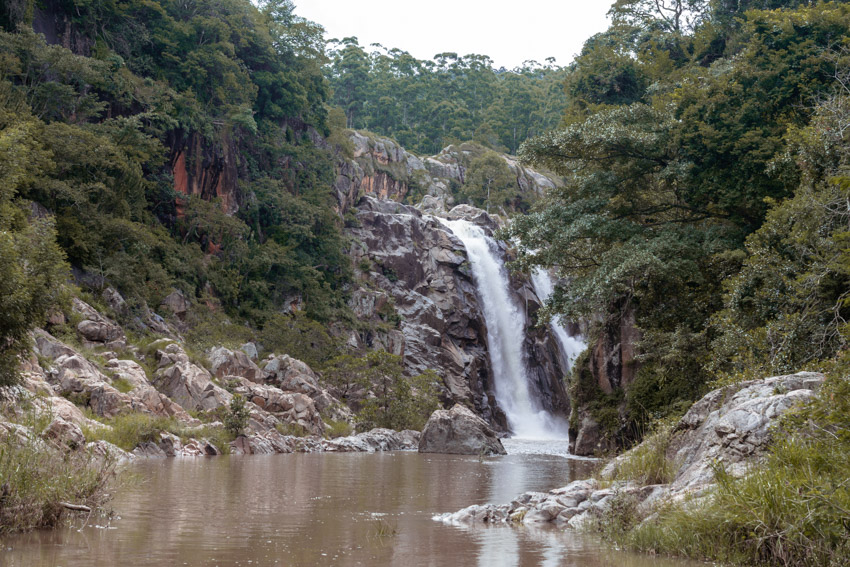
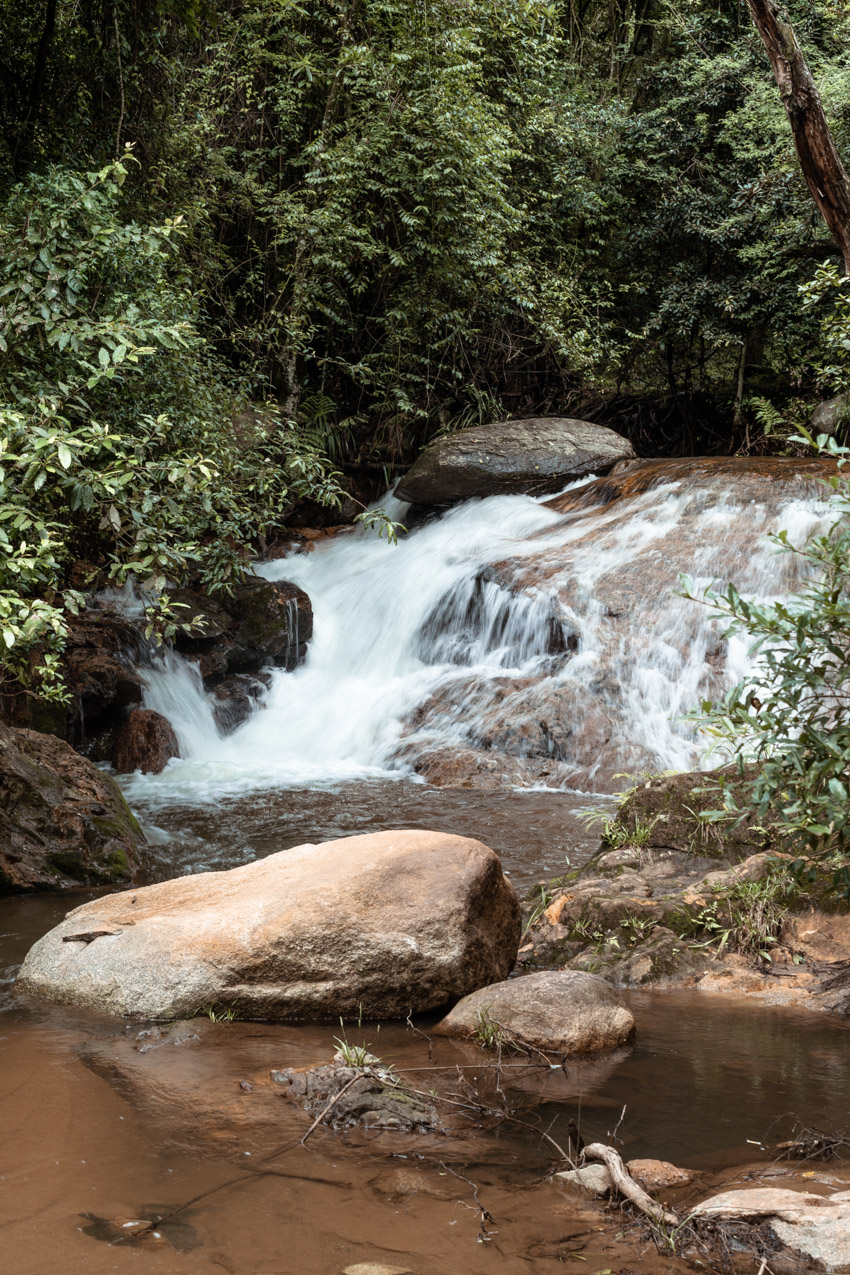
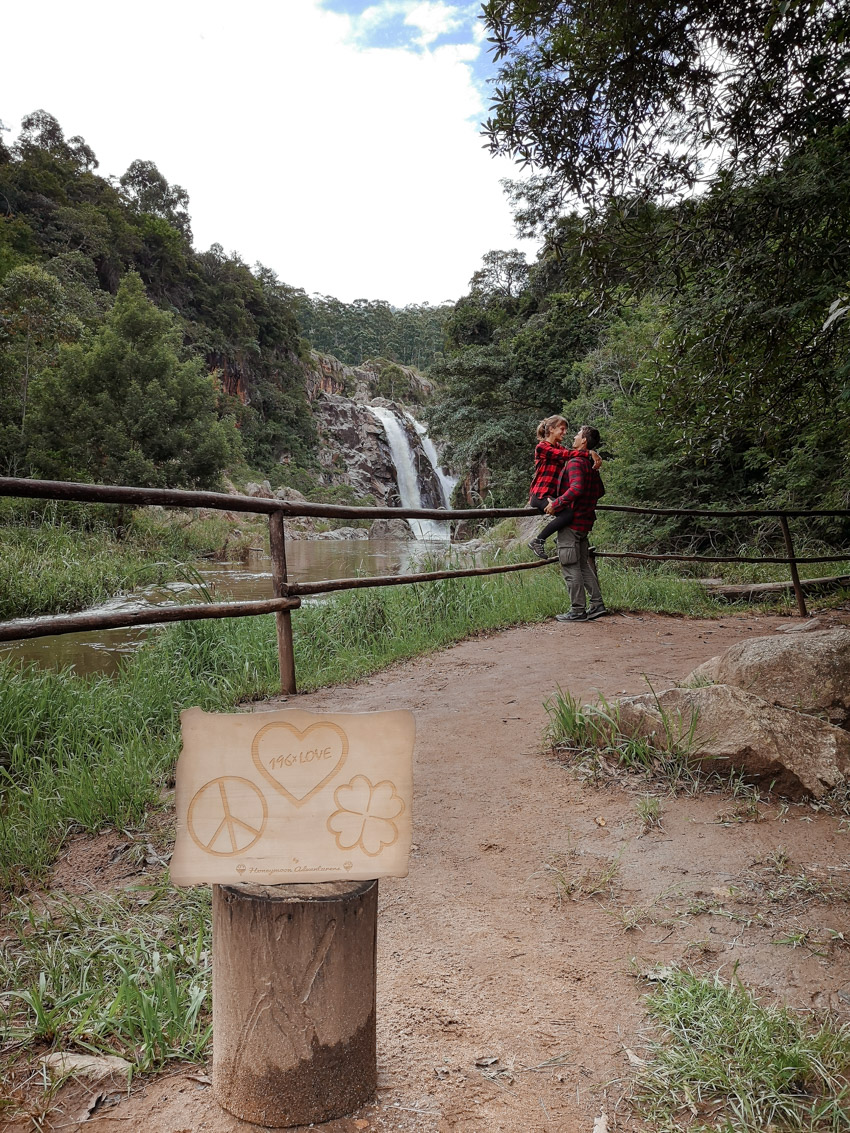

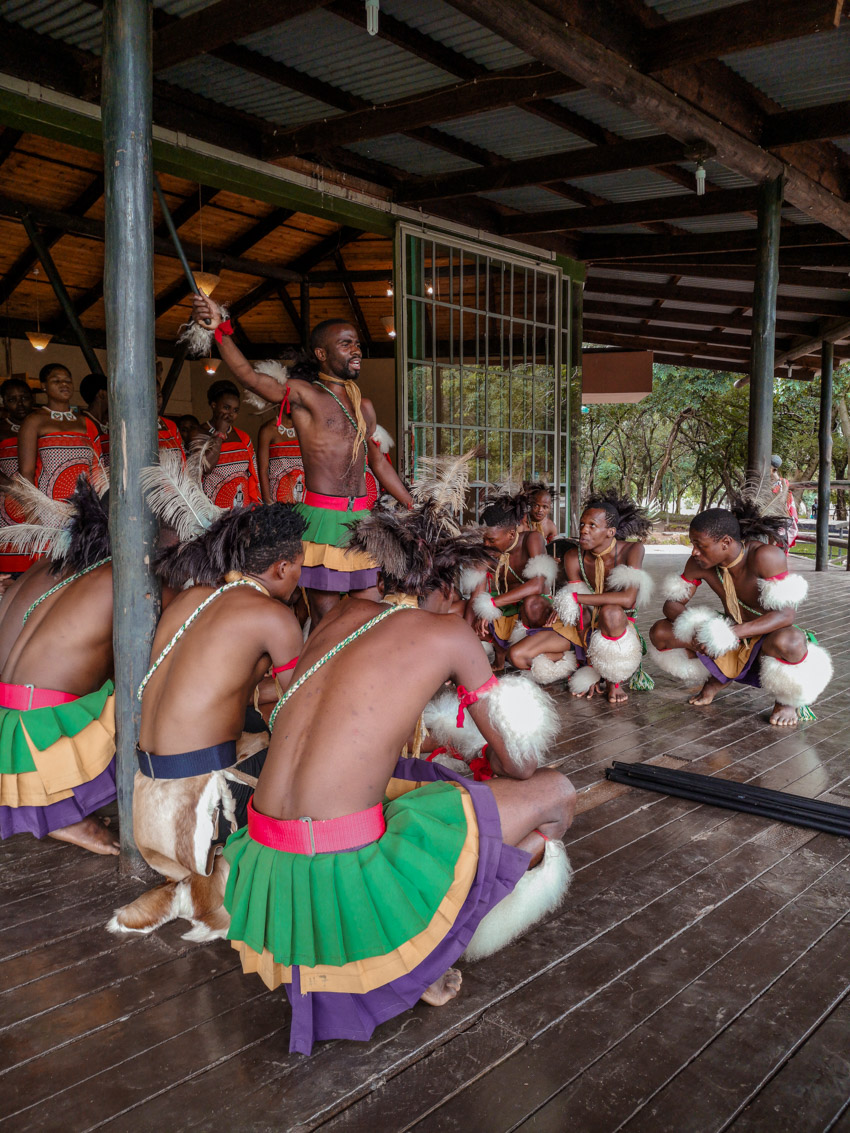
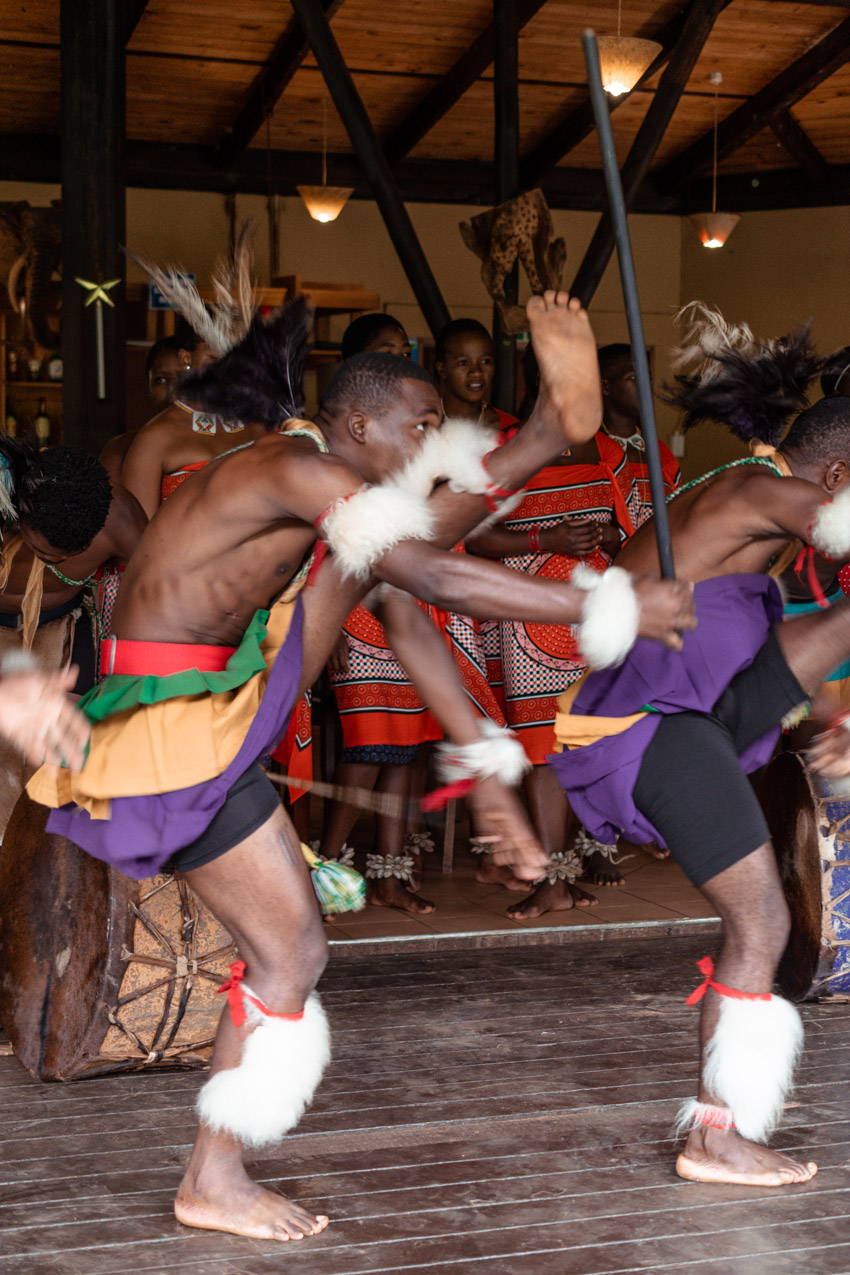

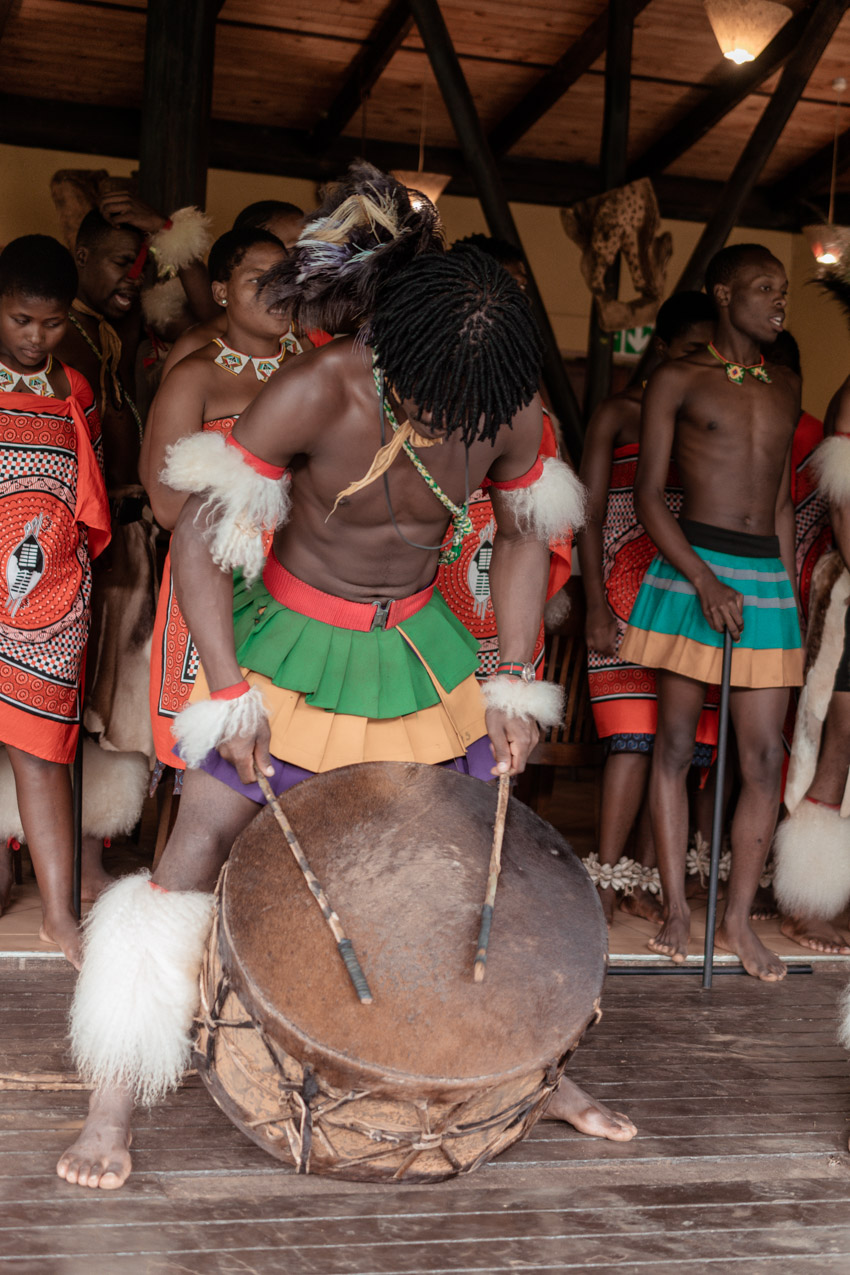

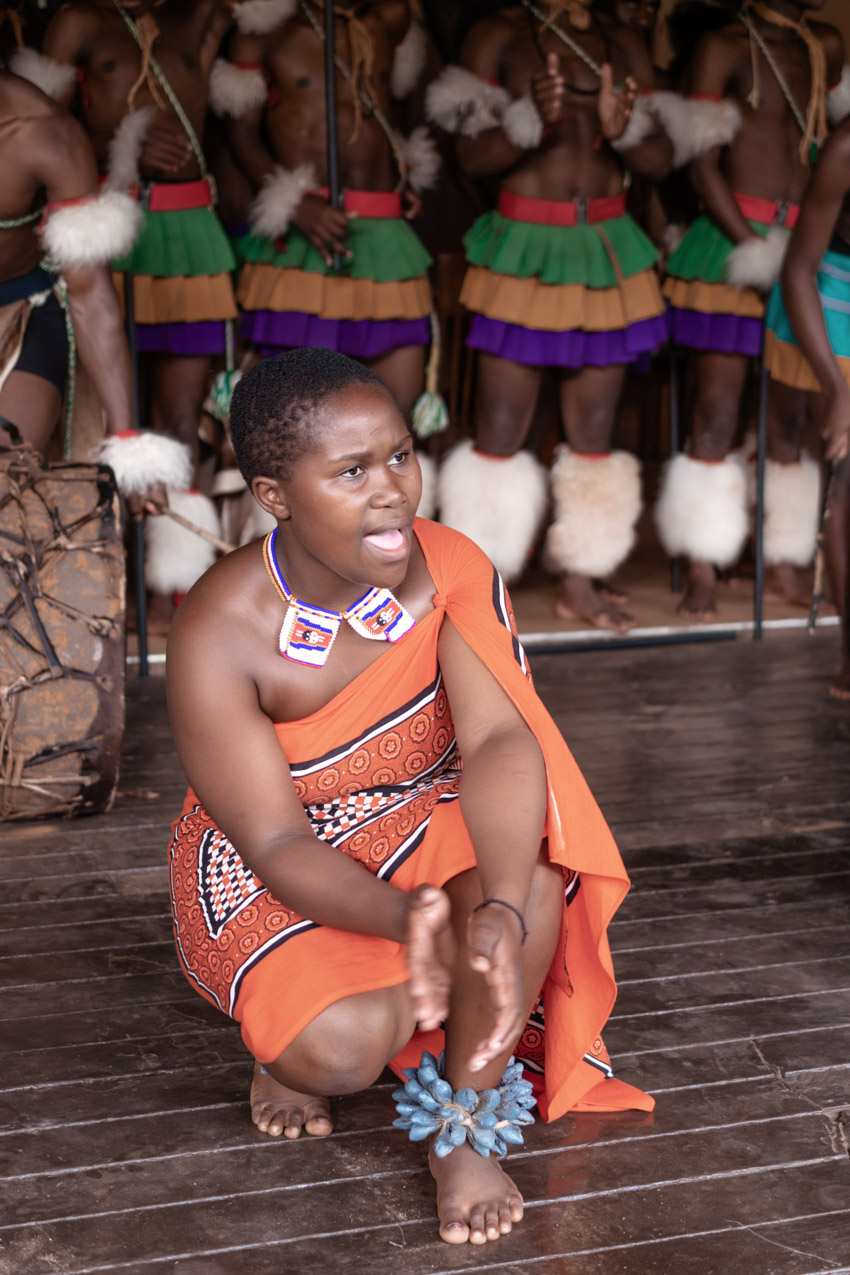
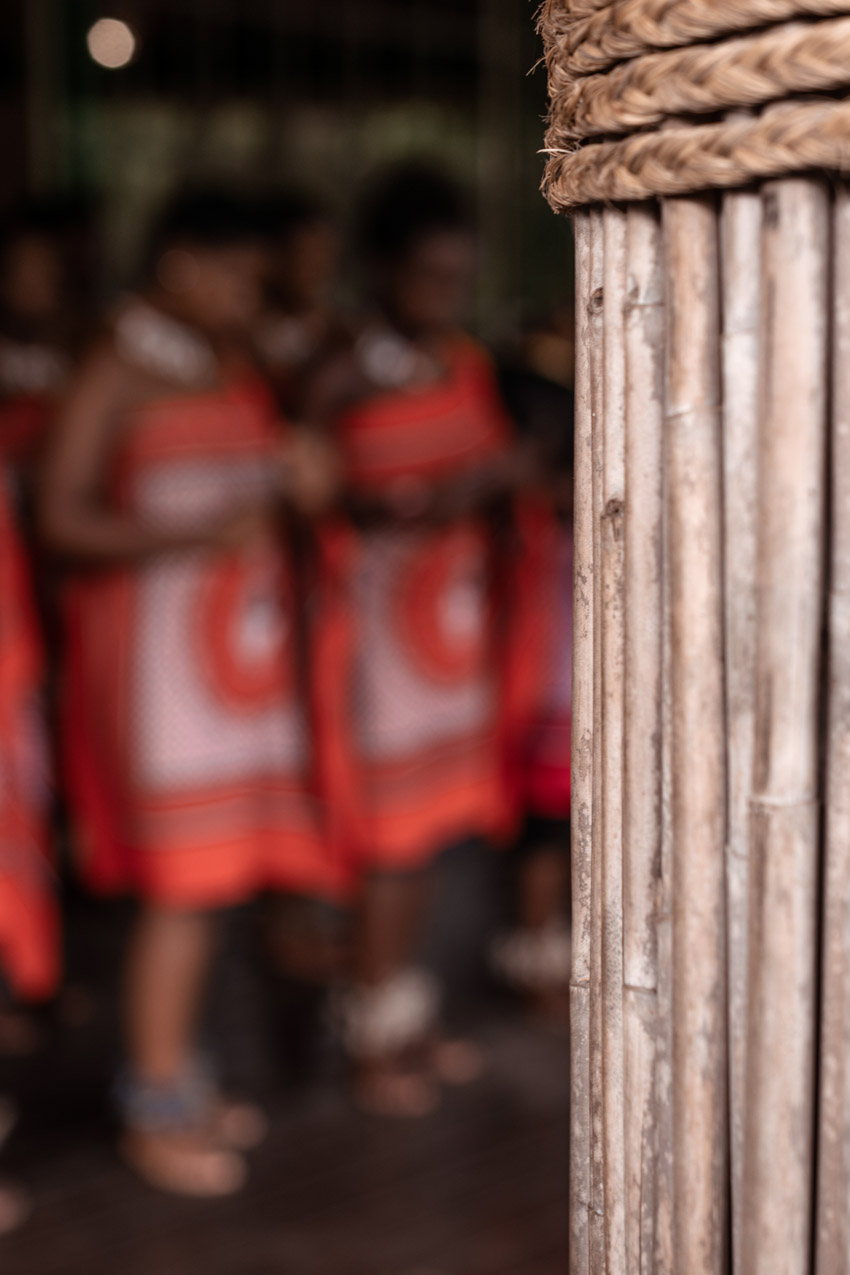
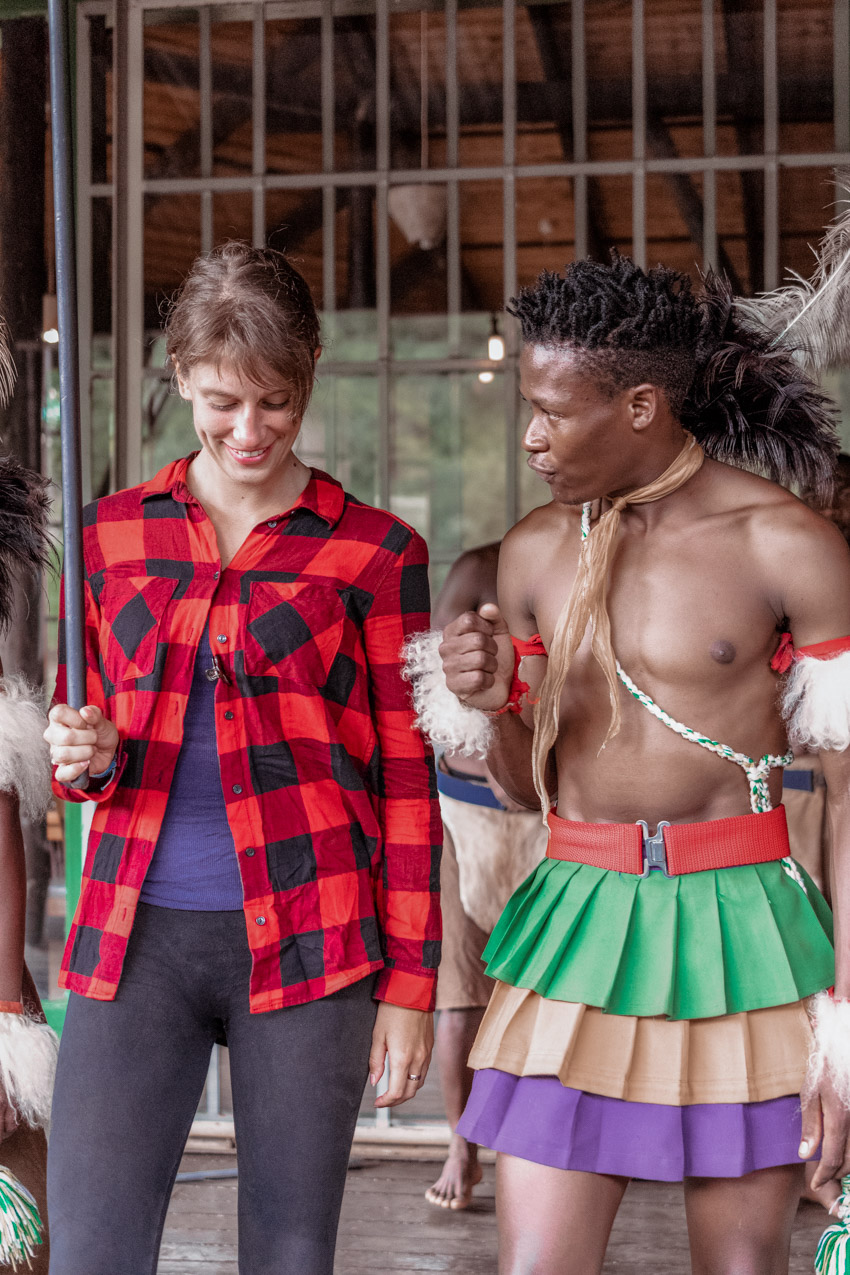
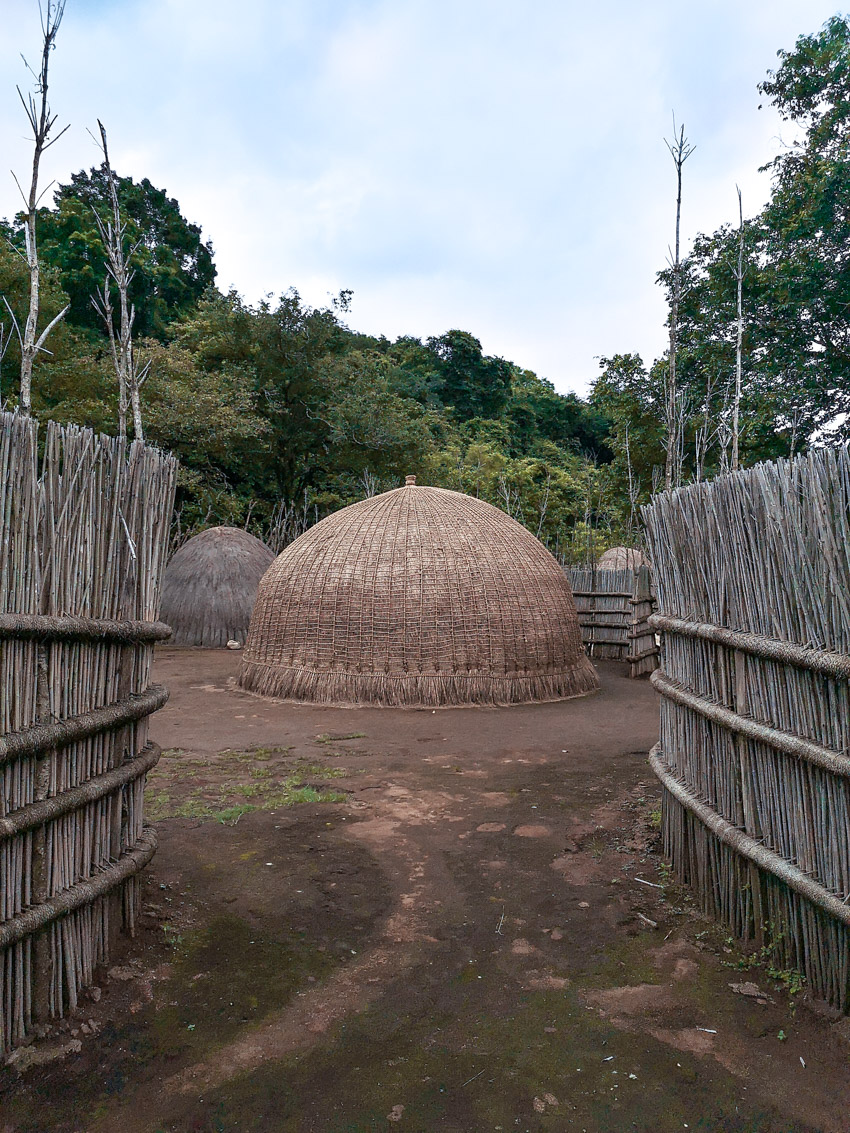
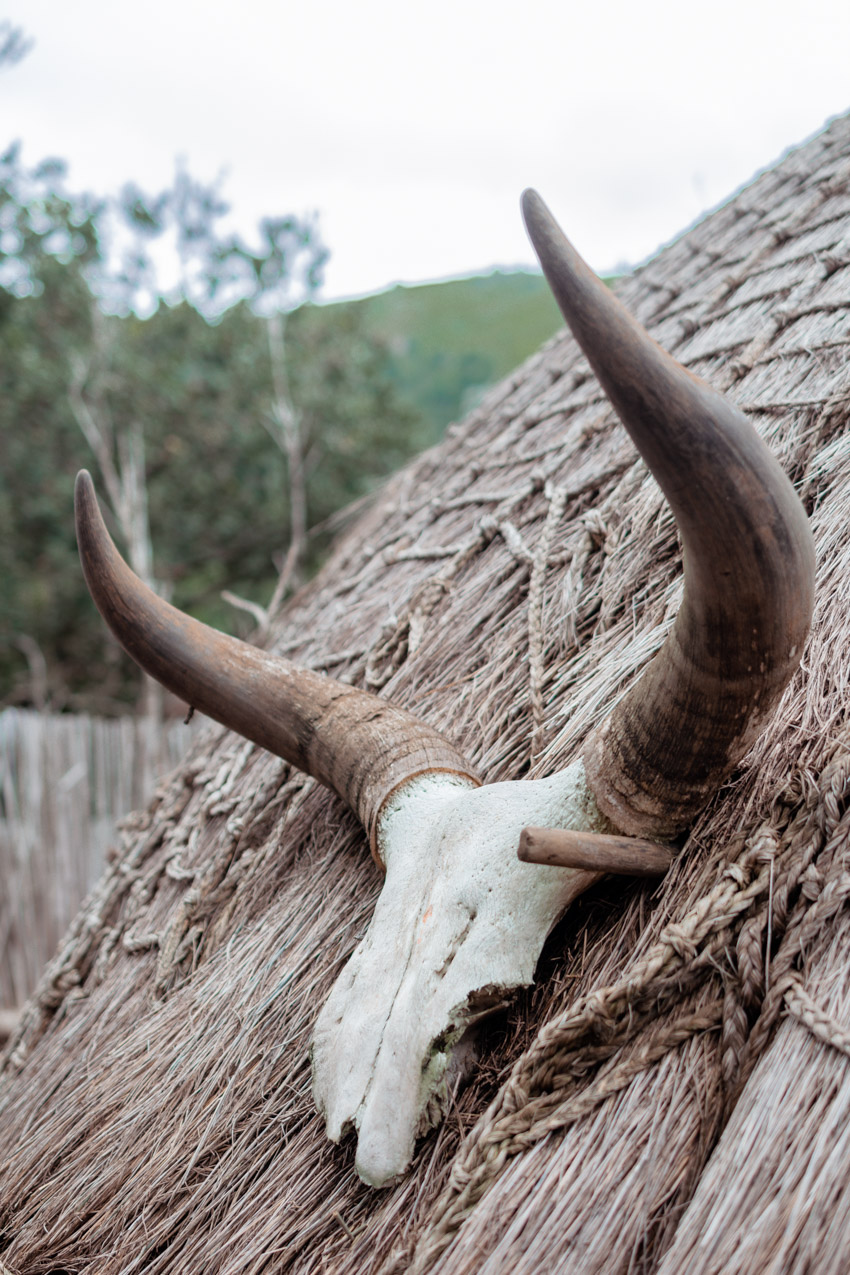
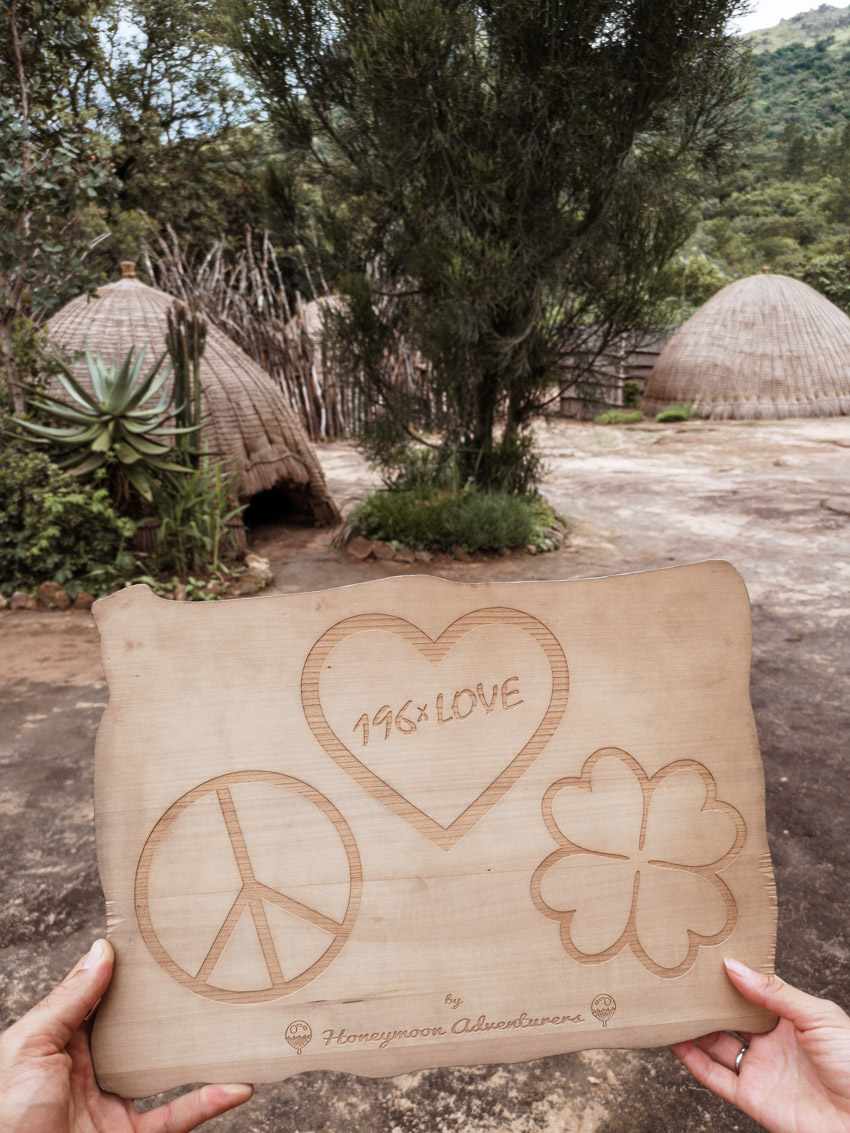


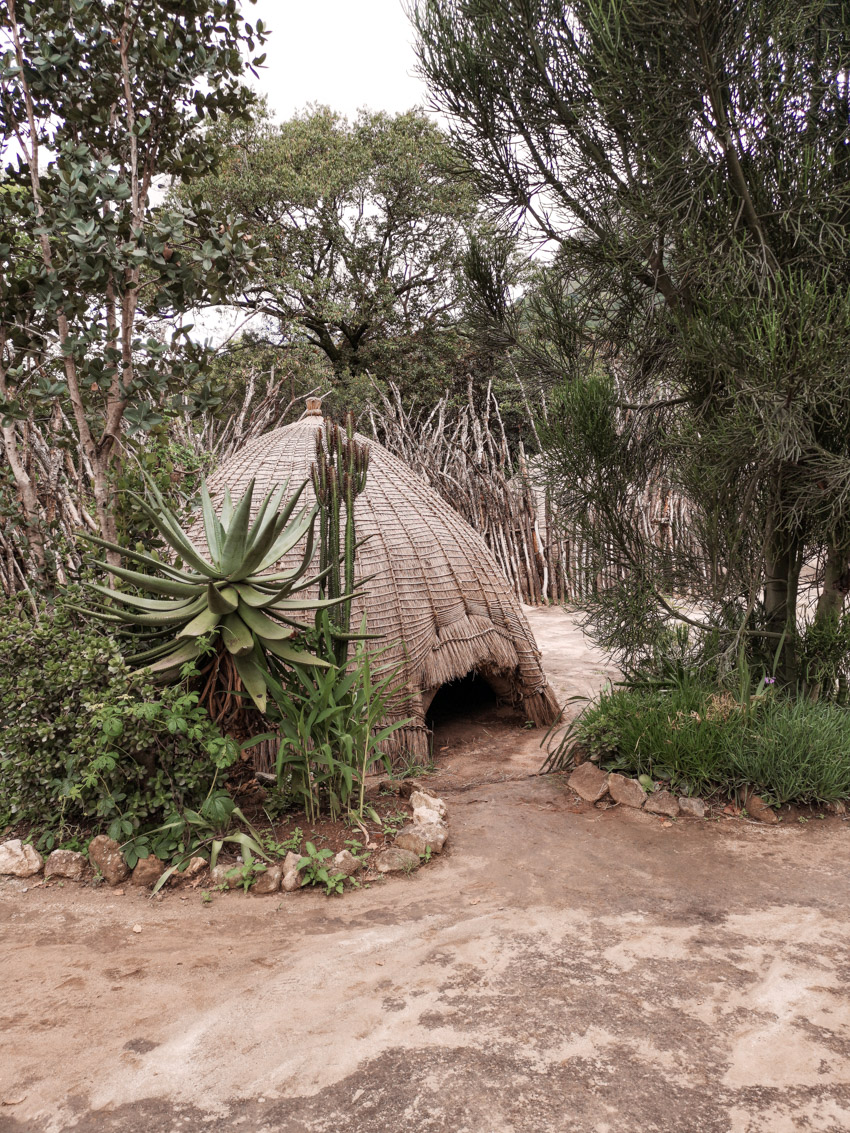
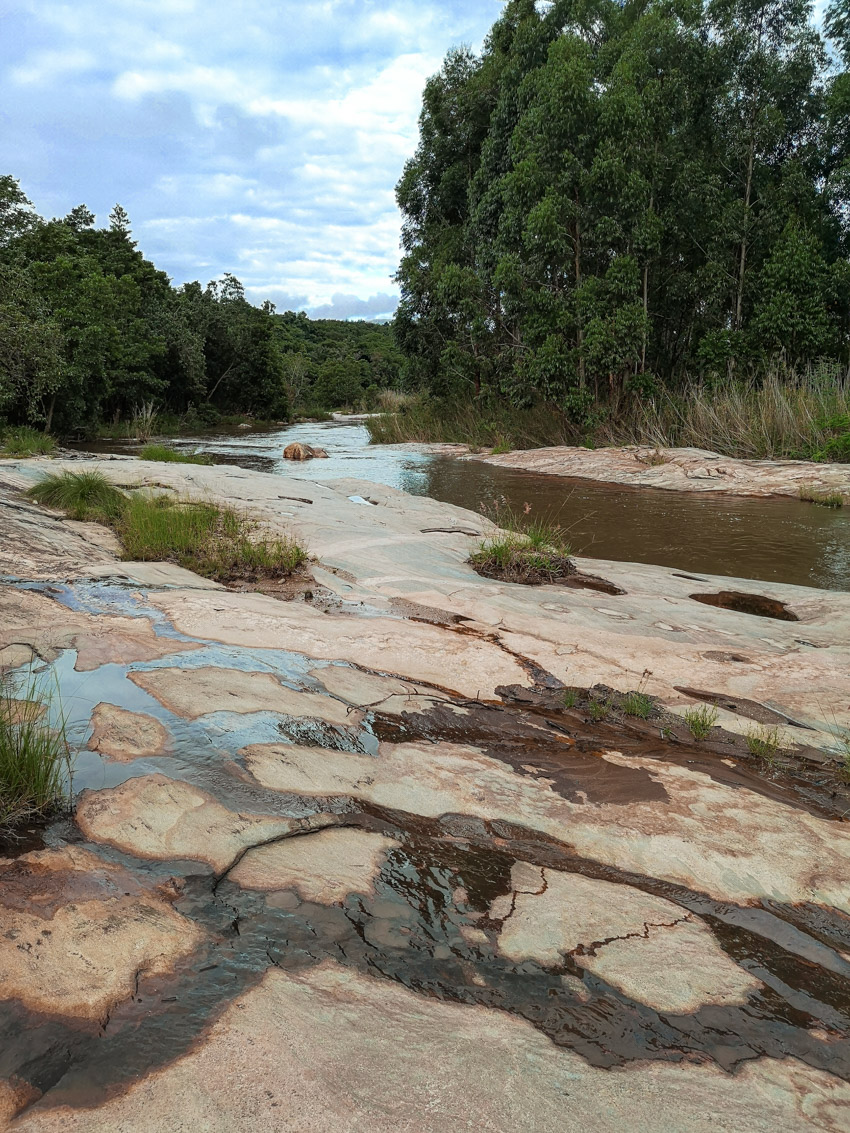






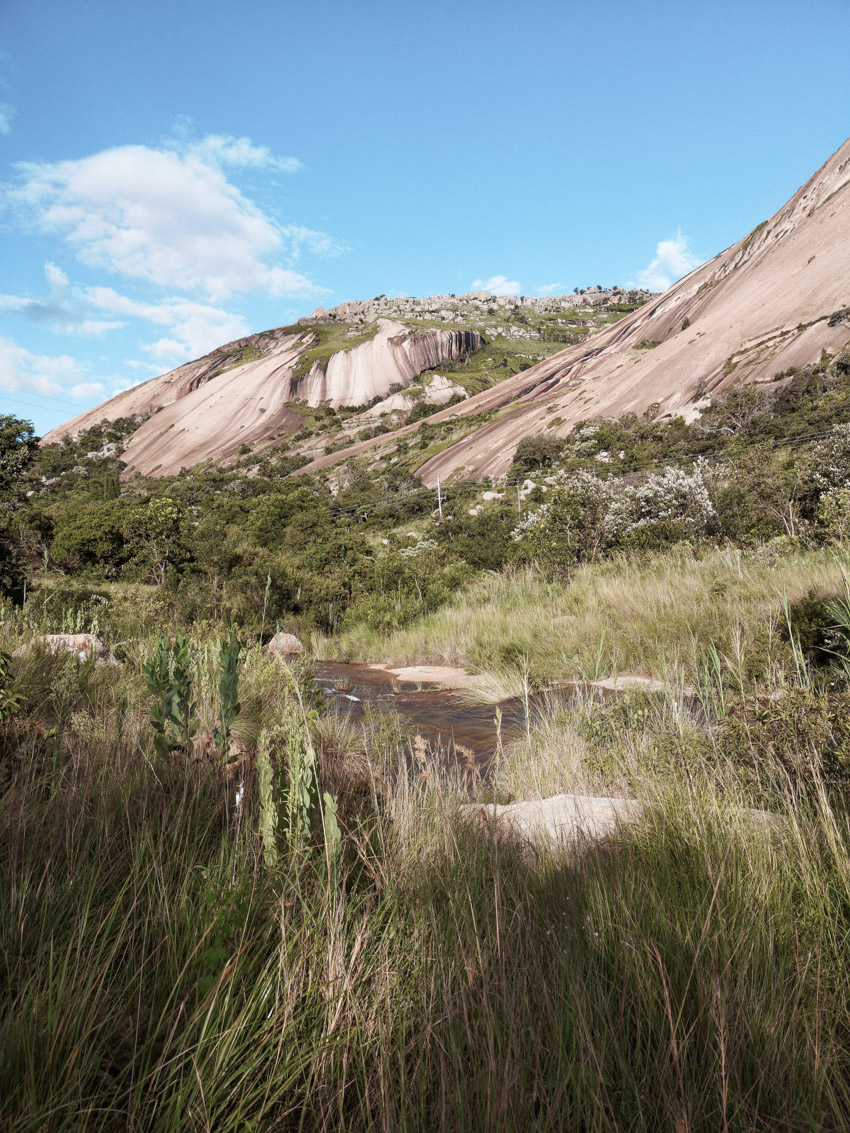

Where to stay
Eswatini remains untouched by mass tourism. However, there are all kinds of different accommodation options for kinds of travelers to be found throughout the country.
Are you planning a trip to Eswatini? Here you can get a room with a 10% discount!
Budget
Accommodation prices in Eswatini start at 12 USD/10 EUR a night. Public transportation is cheap and reliable. Food expenses depend on whether you are planning to eat in upscale restaurants or in local diners.
Best time to visit
The best time to visit Eswatini may be during the cooler dry season in the winter months (from mid-April to mid-October). The average temperature is 20°C this time of year, even though it depends on the altitude. From mid-October until mid-April there is the hot wet summertime, which tends to be quite rainy. If you wish to attend some of the country’s most popular festivals and events, like Umhlanga and Incwala, make sure to visit in August/September or December/January.
Environmental issues
Population growth in Eswatini and the increased demand for fuel is causing deforestation, which has contributed to severe soil erosion and degradation (also caused by overgrazing), as well as biodiversity loss. Another significant environmental problem in Eswatini is pollution of soil, air, and water. Industrial water pollution, agricultural water pollution, and untreated sewage are contributing to the spread of life-threatening diseases. Only 44% of the population has access to potable water and the frequent droughts caused by global warming are deteriorating the situation.
Romance and adventure
Eswatini may be a small country, but it is wonderfully diverse. You can hike the spectacular mountains, explore the national parks and game reserves, or soak up the lively culture and thus easily find your share of romance and adventure.
196xLOVE
Found lots of LOVE in Eswatini. 😉 ♥

Honeymoon rating of the visited destinations: ♥♥♥♥♥♥♥♡♡♡
* Note: This is NOT a general rating of the country, it is merely our personal opinion of the mentioned site(s) as honeymoon destinations, based on the level of tourism development, the number and quality of romantic and adventurous activities and sites it offers, and safety. We strongly believe that every country is beautiful in its own way, they may simply be more or less honeymoon oriented/friendly.


